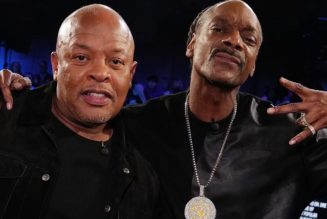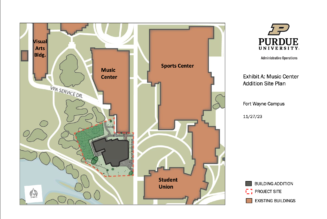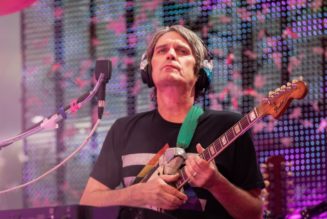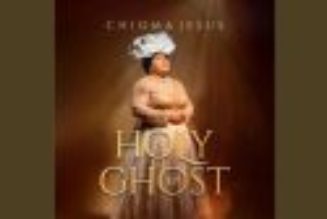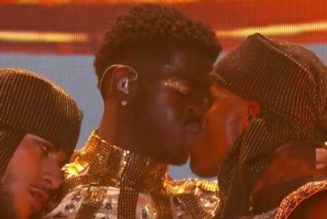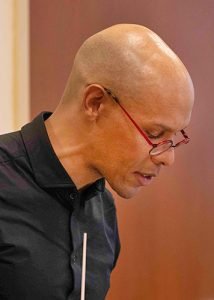
The Boston Lyric Opera debuts the New England premiere of Omar, an opera co-composed by Rhiannon Giddens and Michael Abels, on May 4th at the Emerson Cutler Majestic Theater. Additional performances will be on May 6th and 7th. Omar, which premiered in May 2022 at the Spoleto Festival in South Carolina, has received widespread critical acclaim with the New York Times listing the premiere among the best classical music performances of 2022, and describing the opera as “moving, joyous and in its final moments intensely spiritual.”
Omar tells the story of Fula Islamic scholar Omar Ibn Said, who in 1807 was captured and forced to leave his West Africa home on a ship bound for Charleston, South Carolina, where he was sold into slavery. The opera is inspired by Said’s 1831 autobiography, noteworthy for being written in Arabic while he was enslaved. Get tickets for Omar HERE.
The Intelligencer recently spoke with Michael Ellis Ingram, conductor of the BLO’s production of Omar, and Michael Abels, co-composer of Omar and notable composer of films such as Get Out, Us, and Nope.
Michael Ellis Ingram
MW: Omar showcases many genres of music from gospel to blues to Senegalese music and Ragtime. How do you approach integrating all these styles into one opera?
MEI: The particular joy of doing Rhiannon Giddens’ and Michael Abel’s music is that the kinds of different styles and dances that they incorporate provide so much fun…It’s a pleasure to be able to synthesize all of those different styles into one piece. And of course, it’s part of what it means to be a black artist in this field. We all have all of these styles sort of churning inside of us. It’s wonderful to have the opportunity to let them all out at the same time.
Do you have a favorite musical moment in Omar?
There’s one moment which I find particularly moving, and it’s in the scene on the Middle Passage when a character has a breakdown. The music is composed so that you feel the panic, and the confusion, and the desperation of the character. And the text that the character is saying is kind of a confused mess. The character can hardly articulate what he’s trying to say. And then as this panic builds up, it crests at a line that says, “I had a mother once.” That’s the last thing he’s able to say before he vanishes. That scene I find particularly powerful and moving.
Could you speak some more about the themes of faith and spirituality in the opera?
There’s a particularly poignant moment in the second act, when one of the plantation owners, a pious Christian man, is discussing spiritual things with Omar, and the plantation owner is quoting from the Bible. And Omar responds by quoting from the Koran. They kind of go back and forth, not as debate but just presenting two worlds, and two different approaches to spirituality. As the scene progresses, the two vocal lines merge together into duet, and the texts merge together. In the end, you can’t tell which phrase is from the Bible and which one is from the Koran. I thought that was just a beautiful statement about the oneness of faith.
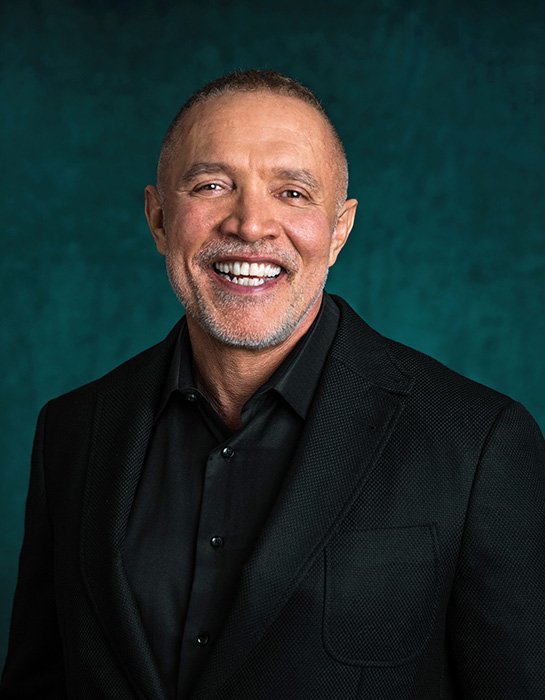
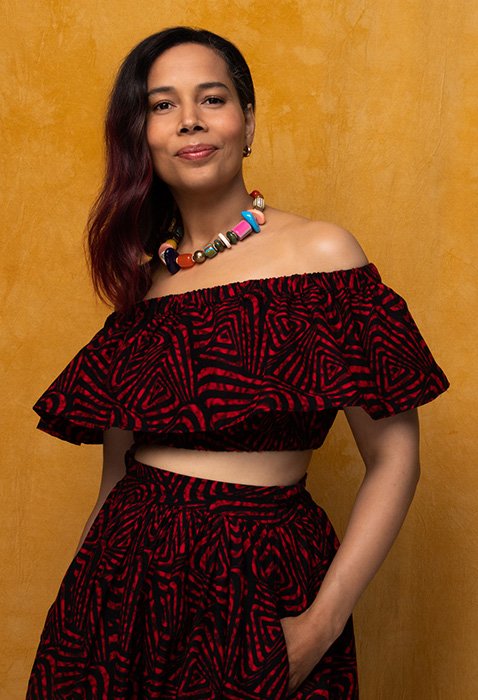
Gershwin’s Porgy and Bess, Scott Joplin’s Treemonisha (1911), and the 36-year-old Life and Times of Malcolm X by Anthony Davis are most iconic operas I can recall that depict black life. Terence Blanchard’s two recent operas with the Met were also very successful. Are you hopeful that with the success of operatic black stories, such as Omar, things are starting to change?
What’s happening now is that living black composers, composers of color, and female composers are finally getting their chance…The goal of this whole enterprise is not diversity for the sake of diversity. It’s just about excellence. And if you exclude any demographic from the creation of art, you will never achieve excellence…If we’re honest, most opera audiences are white. That’s true almost everywhere in America, it’s true almost everywhere in Europe…If you start telling stories from all sorts of different kinds of people, then you’ll start getting all sorts of different kinds of people in the opera houses…I’m thrilled that the repertoire is expanding. I’m thrilled that opera houses are waking up to this opportunity for excellence and renewal. I’m thrilled that these new works are being performed, and that audiences are growing and diversifying.
What have you learned from conducting Omar?
I’ve been learning how beautiful it is to have an opera that’s kind of like a love letter to the Muslim community. Other Muslim characters in older operas are typically evil or buffoons, or both. It’s amazing to have a central character who represents the Muslim faith in a way that is beautiful, and proud and full of tradition, integrity, and peace. I feel really proud to be a part of a project that has a character like that as the centerpiece.
Michael Abels
MW: What was your vision of how this opera should be?
MA: As someone who works in film, I am very much concerned about the dramatic contour of a scene and of an entire story as it unfolds. It’s not an individual musical moment, but a series of individual musical moments in a certain order that tell a story, and that’s crucial to what I think makes a great opera…[Also] In spite of the fact that Rhiannon is known as a banjo player, we both realized we shouldn’t have many, if any, untraditional orchestral instruments. The reason is partly because we don’t want people to feel like they have to get extra instruments to [perform this opera], but also, we use a lot of different genres of music in this opera deliberately. One of the ways that that works is because it’s all told through an orchestral palette. Even when the music is very influenced by African music, or Muslim music, the fact you’re hearing it through an orchestra makes it harmonize with more Western sounding music.
How did you structure Omar?
At the end of Act One there is a string quartet that is the sort of benediction at the end of this very serious act. And it gives people a moment to meditate on what has just happened after some very dramatic and intense events, and that acts as a nice meditative Coda before the curtain comes down. It’s not music that comes from elsewhere in the act. But it’s music that serves this emotional purpose in the storytelling. I guess the point I’m making is by constantly comparing the music and the story and the pacing against themselves, you kind of figure out what’s going to work in the overall storytelling arc.
Do you think of this opera as being in a key?
It’s not in one key, it’s in many keys. One [reason] is that every key has a kind of color and a kind of emotion to it…I find that the human voice works really well in flat keys, a little better than in sharp keys. All wind instruments, to me, sound a little warmer in flat keys, and strings in sharp s…The other thing about keys is that key changes are actually crucial to storytelling…A key change tells you, “new chapter, new emotion, new section, new something”…They actually guide the ear, as well as keeping the music fresh. There’s a lot of shifting keys in Omar, and we end up in keys that I would not have been in if it were not for the need to tell the story, and for it to be placed in the right part of the voice. The singing is not amplified, and there’s a huge consideration about how to balance the orchestra and the voices…There’s a specific reason for every single harmonic center in Omar. Some of its emotional and some of its storytelling and some of its vocal placement.
Does Omar make use of leitmotifs or do you think of your themes in different ways?
There are [not] leitmotifs in the official Wagnerian definition, but there are certainly musical themes…[For example] the very beginning of the overture begins with the first transcribed tune of an enslaved person in North America…We start with that as a way to just ground this story in why we’re here. After the first scene there’s a very dramatic moment that’s all orchestral, where the village is sacked and the slave raiders come. I chose [the transcribed slave tune] to be the basis of this very dramatic scene, because, first of all, it’s an exciting theme. It can be easily adapted into what is in effect, action music…Also it’s because [the scene] talks about how other people of color were participating in enabling the slave trade, just because of the nature of colonialism. It seemed like an authentic and interesting choice to have that music have elements of Western music, and elements of African music at the same time.
Another theme Rhiannon sang as a kind of a spiritual meditation…We decided it would go at the beginning of the second act…Omar is in jail, and he’s meditating…and [the theme] is a perfect meditation for what he’s doing. That theme comes back whenever there’s a religious moment.
Could you speak more on how you tried to represent the theme of language with music?
There’s a moment in the second act where we hear an Amen…Then at the end of that is a prayer in Arabic…[This moment is] set against the backdrop of a choral amen…In the second act has a lot about the competition or clash between Christianity and Islam. And yet at this one moment of the Amen, you see the religions coexist in a harmony that I hope is very beautiful.
Matthew Winkler is studying music and history at Tufts university. He is a composer and researcher who also plays jazz and classical trumpet.
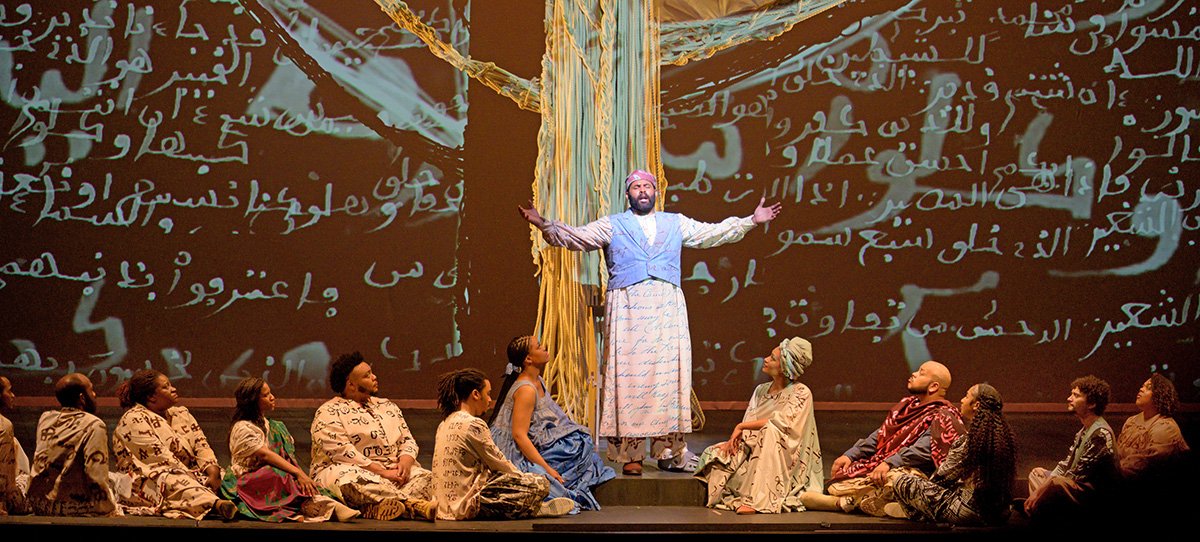
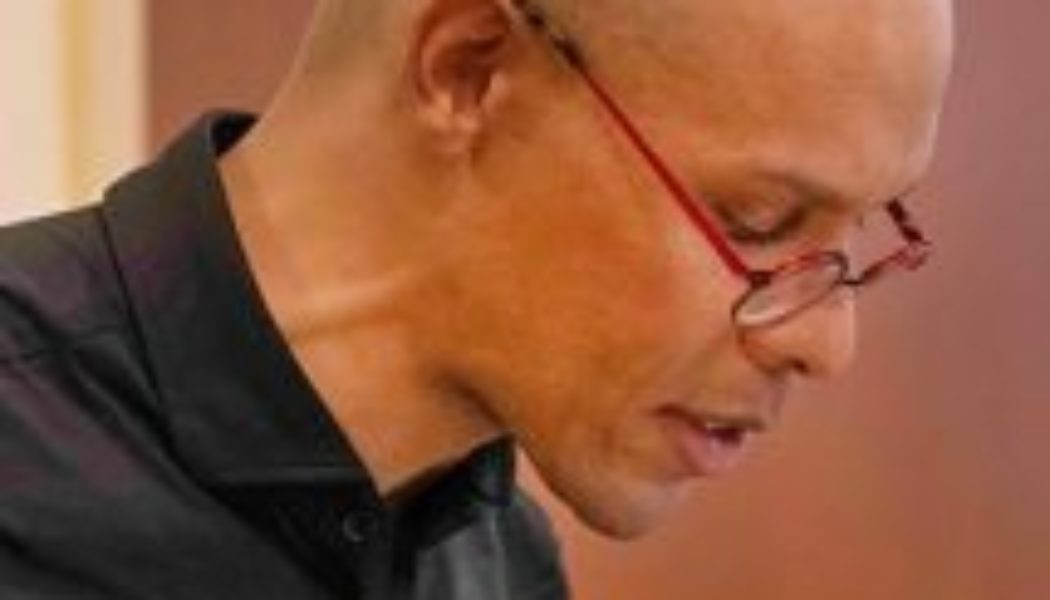
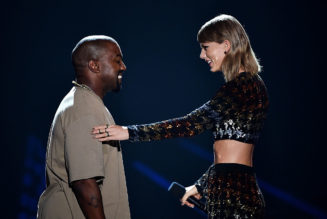
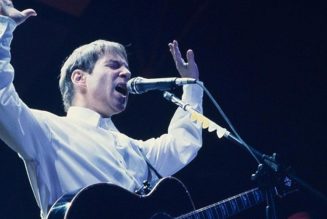
![DJ Khaled Breaks Down “Juice WRLD DID” Collaboration: “I Felt Like [He] Was in My Studio”](https://www.wazupnaija.com/wp-content/uploads/2022/09/dj-khaled-breaks-down-juice-wrld-did-collaboration-i-felt-like-he-was-in-my-studio-327x219.jpg)
